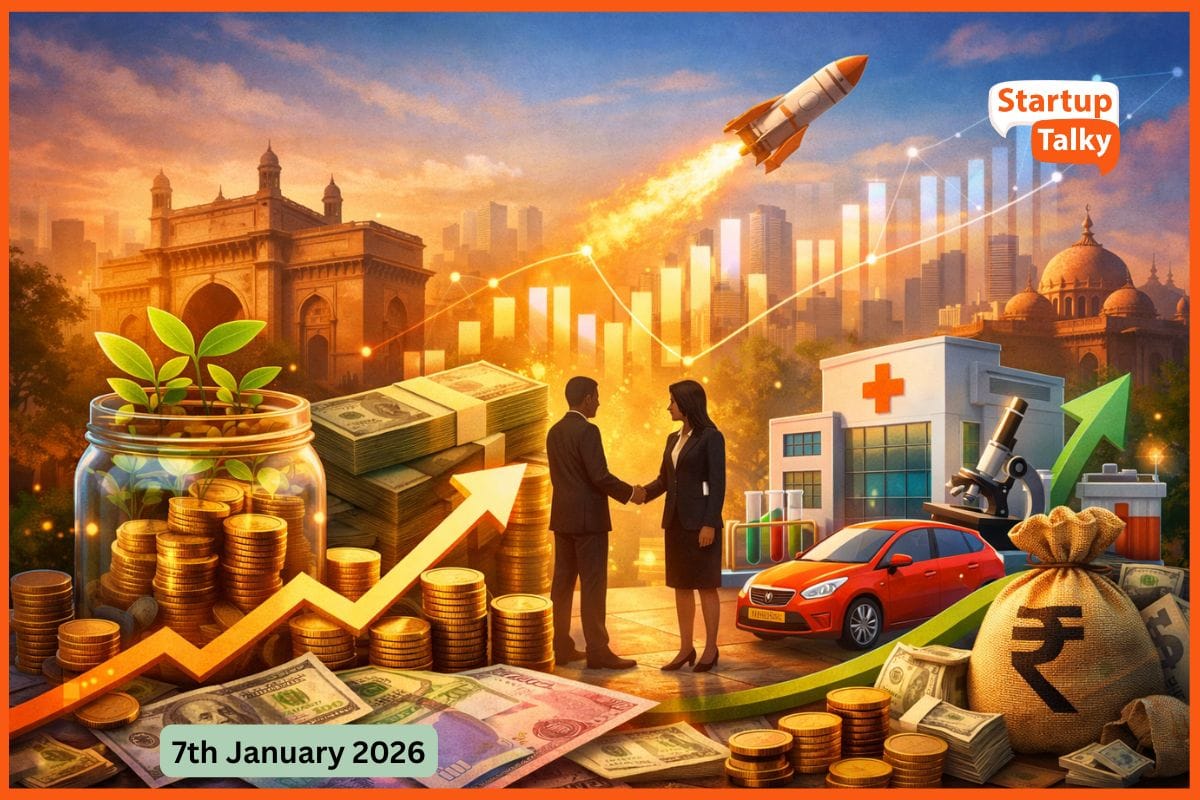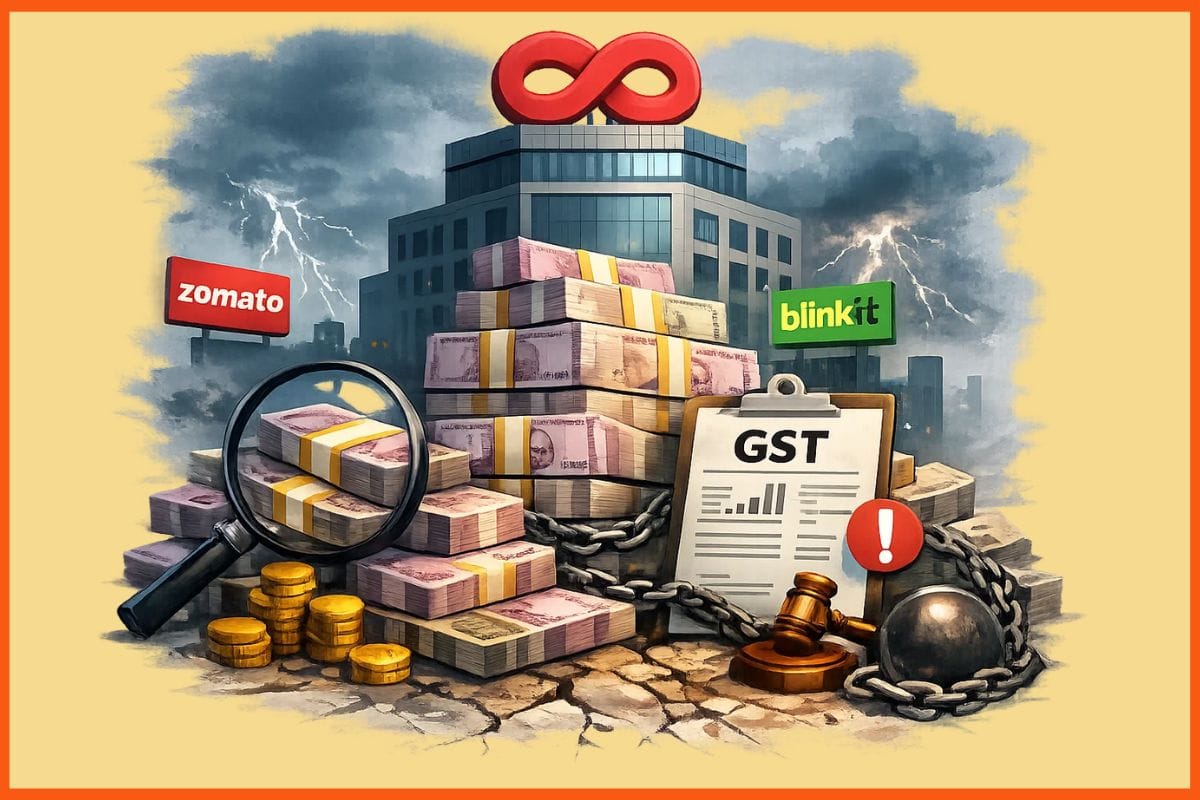Coca-Cola vs. PepsiCo: Difference in Their Business Model & Marketing Strategies
🔍Insights
There are hundreds of beverage brands offering a variety of drinks to consumers. But PepsiCo, Inc. and Coca-Cola Co. are leaders in the global beverage industry. They are the world's largest beverage manufacturers. Their business models are similar in terms of flagship products and ideal consumers and industry.
The Coca-Cola company was founded in 1892 with its headquarters situated in Atlanta, USA. The PepsiCo Company was founded in 1898. At that time, its name was Pepsi-Cola. The company merged with Frito-Lay, Inc. in 1965. After that, its name changed to PepsiCo. The headquarters of the company is situated in New York, USA.
PepsiCo operates several brands including Tropicana, Frito-Lay, Gatorade, Quaker, etc. The world's top soft drink brands, such as Coke Sprite, and Fanta are brands owned by Coca-Cola company. We can find so many key similarities and differences between these two business models. The comparisons between these two business models are given below. Also, we've listed the pricing strategies of Coca-Cola and PepsiCo and the Marketing Strategies of Coca-Cola and PepsiCo.
Coca-Cola vs. PepsiCo: Strengths
Coca-Cola vs. PepsiCo: Weaknesses
Coca-Cola vs. PepsiCo: Business Model
Coca-Cola vs. PepsiCo: Pricing Strategy
Coca-Cola vs. PepsiCo: Marketing Strategies
Coca-Cola vs. PepsiCo: Strengths
PepsiCo has a brand value of over $18.2 billion and has ranked 36th in the most valuable brands in the 2020 list prepared by Forbes. Sales of beverages and snack foods of the company are coming under one umbrella. It made PepsiCo a diversified and stronger business. It had 60% of its revenue from the food business and the remaining 40% from the beverage industry in 2022.

The company has 23 brands, including Pepsi, Fritos, Doritos, Pepsi Max, Diet Pepsi, etc. Each one makes more than $ 1 billion annually from sales. PepsiCo has a strong global presence in more than 200 countries around the world. It utilizes Direct Store Delivery (DSD) for its distribution network and supply chain. So the distributors deliver snacks and beverages directly to small stores.
The target audience of PepsiCo is the younger generation. They stand as a brand for the youth. To face the challenges and increase resource sustainability, the PepsiCo Company works with many community-based organizations.
In the case of Coca-Cola, it has strong a and unique brand identity. In 2011, it got the "highest brand equity award" from Interbrand. The company has a larger global presence. They are selling products in more than 200 countries. They also sell 1.9 billion bottles per day.
Customer loyalty is another strength of Coca-Cola. They are one of the most emotionally connected brands in the US. It is difficult to find substitutes for them. Coca-Cola has the 3rd rank in the Best Global Brand list annually prepared by Interbrand. According to the Forbes List of Most Valuable Brands, it ranked 6th with a brand value of $64.6 Billion in 2020. Also, it has more market share than PepsiCo in the beverage industry.

Diet Coke, Sprite, Limca, Maaza, and Fanta are the top-growing brands of Coca-Cola. The distribution network of the company is more extensive and efficient in the world. They have almost 250 bottling partners. In 2016, Coca-Cola acquired the largest soy-based beverage brand in Latin America named "Ades" and expanded its beverage portfolio through this.

Coca-Cola vs. PepsiCo: Weaknesses
PepsiCo is over-dependent on soft drinks and packaged foods. It decreases the agility and flexibility of the company. Most soft drinks of PepsiCo have high sugar concentrations and its snacks contain chemical additives. It is not good for your health. Unsuccessful PepsiCo products, such as Pepsi Blue, Crystal Pepsi, etc. have made employees frustrated, and it allowed the growth of competition.
Companies must use their highest position to achieve the common good of society. But in 2017, PepsiCo’s advert featured by Kendall Jenner received criticism. That advert trivialized the Black Lives Matter movement.
Coca-Cola's biggest competitor is Pepsi and it is preventing them from becoming a leader in the beverage market. In the case of Coca-Cola, the product diversification of the company is very low. They are lacking in the snack food category. At the same time, PepsiCo presented snack items like Kurkure and Lays. This puts Pepsi ahead of Coca-Cola.
Also read: How did Coca-Cola lose $4 billion – Coca-Cola VS Cristiano Ronaldo Complete story
Carbonated beverages are one of the main sources of sugar consumption. It causes health problems such as diabetes and obesity. Coca-Cola is the largest producer of carbonated beverages. Most health experts advise decreasing the use of soft drinks. The company hasn't found any solution to this problem yet.
Coca-Cola vs. PepsiCo: Business Model
Both Coca-Cola and PepsiCo are towering brands well-renowned in the beverage industry for years and a significant part of their popularity surely comes from their robust business models. Though Coca-Cola and PepsiCo seem quite similar in their product lines and business models, there are slight differences that make each of them unique and speak for themselves.
Diversified Product Portfolio
PepsiCo and Coca-Cola are undoubtedly famous for their beverages under a range of brands but along with that they also bring out many different ancillary products.
When it comes to PepsiCo, it exhibits a truly diversified product portfolio and manages to put equal emphasis on each of its products. The consumer packaged goods industry is the other industry where PepsiCo has its footprints. The products of PepsiCo in the snack food category account for nearly 50% of the company’s total revenues. This diversified business model of the company has made it create and acquire several complementary products in both the food and beverage industries.
On the other hand, when it comes to Coca-Cola, the company purely relies on its beverages and beverage brands for the revenues it collects. The company possesses around 100-plus beverage products of its own.
Coca-Cola’s policy of dominion
Coca-Cola believes in a more focused form of business thereby dominating the beverage industry almost exclusively. Therefore, it minimizes the cross-promotion of multiple products across a wide range of industries.
Pepsi’s unique way of branding
PepsiCo has been successful in branding all of its beverage brands along with its consumer packaged goods interestingly. Unlike the Coca-Cola company, Pepsi manages to equally focus on each of its products with the help of its unique branding, which leads the customers to purchase a second product of Pepsi as soon as they buy the first one owned by the brand.
Also read: How PepsiCo Uses AI in Production, Advertising, and Customer Research?
The Emergence of Energy Drinks
After a successful run of Coca-Cola and Pepsi in the beverage industry with their soft drinks/fizzy drinks, the growing concern of the masses for maintaining their health and fitness led them to opt for newer and healthier options. This resulted in the emergence of energy drinks.
Some new beverage companies hit the markets with their new products but the beverage giants didn’t take a step back and yield to it, but take their steps valiantly forward to make their mark even in this new segment. To diversify its offerings further, Coca-Cola bought a large stake in Monster Drink back in 2014 while Pepsi started producing its energy drink labeled as Mountain Dew Kickstart.

Coca-Cola vs. PepsiCo: Pricing Strategy
Pricing Strategy of Coca-Cola
Coca-Cola's pricing is based on the value that its products create for customers in different situations. The pricing strategy of Coca-Cola is what they refer to as "meet-the-competition pricing": Coca-Cola product prices are set around the same level as their competitors because Coca-Cola has to be perceived as different but still affordable.
Pricing Strategy of PepsiCo
Pepsi is taking this value-based pricing strategy a bit further with its “Hybrid Everyday Value” model. This pricing strategy is an effort to make customers buy Pepsi not only when it is on sale. They have various sizes of bottles offered at various rates. This is priced according to the quantity of the drinks supplied. The promotion is also done keeping in mind the targeted customers.

Coca-Cola vs. PepsiCo: Marketing Strategies
Coca-Cola and PepsiCo, being two of the most loved beverage brands dominating the industry for decades surely sport foolproof marketing strategies. When it comes to big flashy advertisements and marketing campaigns, both of them play their parts incredibly well to drive their sales effortlessly.
Both of the brands keep on introducing popular flavors into their drinks. Furthermore, they are also claiming a good foothold even in the relatively new segment of diet drinks and energy drinks. Besides, it is important to note that as the millennials form the core of the customer base that the soft drinks and beverage industry boasts of, both Coke and Pepsi aim to target them first.
Memorable Campaigns of Coca-Cola
Coca-Cola has had its share of brilliantly made ad campaigns that not only went on to drive a considerable amount of sales but also have the brand etched in the minds of the customers. One such advertisement campaign is “Share a Coke with.” This campaign introduced the Coke bottles listed with people’s names on them. It went well with the customers, who not only wanted to see their name printed on Coca-Cola bottles on TV ad commercials but possess the actual bottle with them as a souvenir. The campaign resulted in around 7% growth in the consumption of Coke by young adults.
Coca-Cola Advertisement - Share a Coke with
Coke then launched the famous campaign “Taste the Feeling.” This initiative revolved around the good old feelings and emotions of the people associated with the legendary brand, Coca-Cola. The advertisement picturized groups of friends drooling over ice-cold bottles of Coke and having them together, toasting to their friendship and reliving the memories of their past, evoking a sense of friendship and togetherness.
The advertisement “Holidays are Coming” is yet another one of the famous Coke campaigns that went on to be a huge success. With the idea of holidays, most people associate the feelings of positivity, joy, homecoming, and summer or Christmas holidays. Therefore, this is another campaign that hits on the people’s emotions about Coca-Cola, as a drink, which is associated with fun, relaxation, vacation, and togetherness, and feelings of warmth, friendship, and brotherhood.
Coca-Cola Christmas Commercial
Coke has also scored big with its effective reactive marketing campaigns after the implementation of the sugar tax. This campaign had the advertisements of the company saying “They don’t make them like they used to - we do.” With this campaign, Coca-Cola tried to hint at the authenticity of the taste of Coke, which has not changed in the 132 years that the brand has seen, thereby encouraging people to taste the authentic flavor of Coke.
Here's a detailed analysis of Coca-Cola's Marketing Strategy and Campaigns.

Want to Work in Top Gobal & Indian Startups or Looking For Remote/Web3 Jobs - Join angel.co
Angel.co is the best Job Searching Platform to find a Job in Your Preferred domain like tech, marketing, HR etc.
Major Campaigns of Pepsi
Pepsi’s advertising campaigns are a lot different than Coke's. This brand likes to experiment with the latest developments and work with current celebrities. Pepsi’s advertisements are either purely witty or catapulted by its rivals, with a tint of humor.
Pepsi is also big in terms of the celebrity collaborations they make for their advertisements. Over the years the brand has been associated with a whole range of big names from the singing and acting industries. People like Britney Spears, Cindy Crawford, Cardi B, and more have already been roped in by the brand so far, which resulted in multiplying the overall sales of the brand.
A popular campaign brought out by Pepsi featured a young boy standing on 2 Coke cans to reach a can of Pepsi. These kinds of adverts have proven quite successful for the brand that believes in coloring their campaigns with a tinge of humor. However, on some occasions such humor also resulted in backfiring against the brand, even harming their reputation at times.
Pepsi Commercial
The Prominent Difference in the Marketing Campaigns of Pepsico and Coca-Cola
While Coca-Cola wants to empower friends, college-goers, students, and other professionals to come together and relive their days as young adults and toasting to their brotherhood, PepsiCo has marketed the products in such a way that the present generation can connect with them. PepsiCo on the other hand has been successful in creating advertising campaigns that bring in the newer elements of the age, a bit of wit, and ooze “coolness” or inject the perception of being “cool” and thus different and superior to other tastes.
No doubt both of them have been equally successful with the help of their innovative ideation and the implementation of unique marketing campaigns.


Hero is hiring Engineering and MBA students via Hero Campus Challenge Season 8!
Hero Campus Challenge Season 8 is an opportunity for you to peek into the world of Hero by working on real business challenges.
FAQs
What is the structure of Coca-Cola?
The organizational structure for Coca-Cola is designed in such a way as to suit the changing needs of the customers. It uses a decentralized system of management, which is divided into two operating groups; the Bottling Corporate and Bottling Investment.
What is the production cost of Coca-Cola?
It should be around 15–16 Rs, including the cost of sugar which is over 100 Mg in one liter of the bottle.
What is the pricing strategy of Coca-Cola in India?
The pricing strategy of Coca-Cola is what they refer to as "meet-the-competition pricing": Coca-Cola product prices are set around the same level as their competitors because Coca-Cola has to be perceived as different but still affordable.
What is the difference between Coca-Cola and Pepsi's marketing strategies?
A large part of Pepsi's marketing budget goes to digital marketing and advertising. Apart from that, a large sum is also spent on television advertising and other traditional methods of advertising. Any leading brand is investing heavily in digital technology for marketing and a better customer experience.
Coca-Cola works on building Customer relationships and making their production and distribution more efficient and cost-effective.
What is Coca-Cola's business strategy?
Coca-Cola is evolving its business strategy to become a total beverage company by giving people more of the drinks they want – including low and no-sugar options across a wide array of categories – in more packages sold in more locations.
Must have tools for startups - Recommended by StartupTalky
- Convert Visitors into Leads- SeizeLead
- Website Builder SquareSpace
- Manage your business Smoothly Google Business Suite








